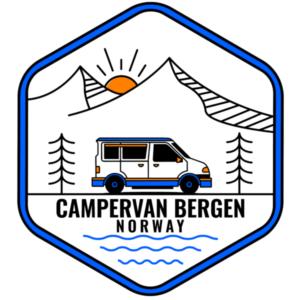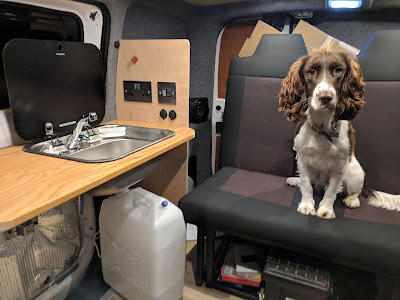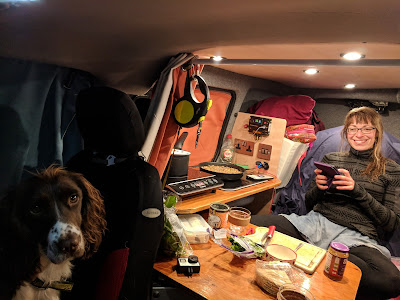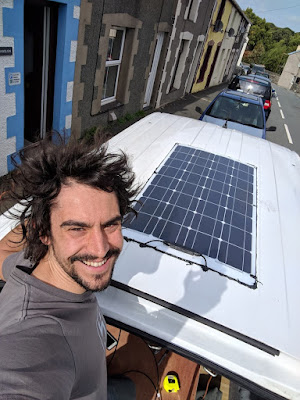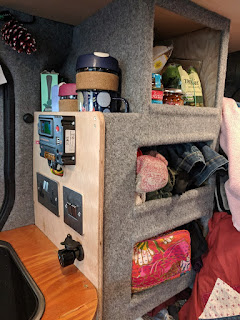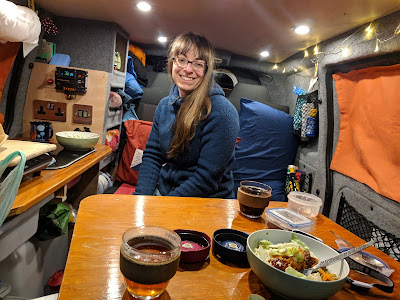Climbing and travel with lower ecological impact
Book with Campervan Bergen, the cheapest in the market and the best quality
How to book the van
Electric Campervan DIY conversion: Nissan e-NV200
Recently I’ve been working hard on converting a Nissan e-NV200 24kWh electric van into a campervan. I’m happy to report that the conversion process is nearly finished.
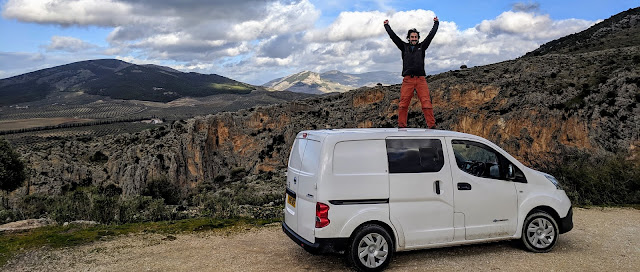 |
| Reaching southern Spain after driving the e-NV200 campervan from North Wales UK |
I used to own a diesel Citroen Dispatch campervan which I converted myself many years ago. This van served me well on many trips, however, as soon as we got a Nissan LEAF electric car a couple of years ago I sold the Dispatch campervan. I couldn’t justify the high cost of running a diesel van compared to an EV and driving an internal combustion vehicle just felt old and wrong. The future is certainly electric. Switching to an EV is one of the most effective ways of reducing personal CO2 emissions, see my blog post Zero Carbon Future (low carbon present).
In an ideal world, we would be a single (or no car!) household, we managed for 12 months car sharing, however, it was sometimes very hard to arrange car sharing around work etc. We’re now back to the luxury of being a two-car household. However, we are now a two EV household! A Nissan LEAF and a Nissan e-NV200 electric van. Running two EV’s has not been a problem, even with a single home charging point and not guaranteed home parking/charging spot. Both EV’s charge fast at 6.6kW, therefore, it only takes a couple of hours to charge to 80%, therefore, there is plenty of time in the evening/overnight to charge both EV’s if required.
The Nissan e-NV200 is a great little van, it’s basically the same as it’s diesel counterpart, the NV200 but with the electric battery and drive-chain from a Nissan LEAF. Being electric is so nice to drive, no other van can match its instant acceleration and smoothness. Around town and on A roads the range from the 24kWh e-NV200 is very similar to the LEAF; about 80 to 90 miles in summer. At higher speeds on the motorway, due to higher drag, the van consumes about 10% more energy and suffers 10% less range than the LEAF. The 2018 version of the e-NV200 with a 40kWh battery gets has a range of approx150 – 120 miles.
The van can recharge from a DC rapid charger in approx 20 min making long trips possible, see our trip to Scotland (860 miles) and trip to Southern Spain (2500 miles).
Over the period of a couple of months, I’ve converted the van to a campervan. Being an EV campervan has a number of advantages:
- No leisure battery is needed, there is already a massive battery under the floor!
- Heating/cooling climate control system can be left running overnight
- The van can charge from a standard campsite hookup
- Can be powered by 100% renewable energy from solar PV
- Zero tailpipe emissions
- Smooth, quiet and responsive driving
See here for a full Photo album of the campervan DIY conversion process
Spreadsheet bill of materials listing all the parts I used and the size of the custom rock-and-roll bed:
Video edit of our first trip in the converted EV campervan, 860 miles (1,384 km) to Scotland. Since then, we have also been on a climbing trip driving all the way to Southern Spain in the van (2500 miles).
